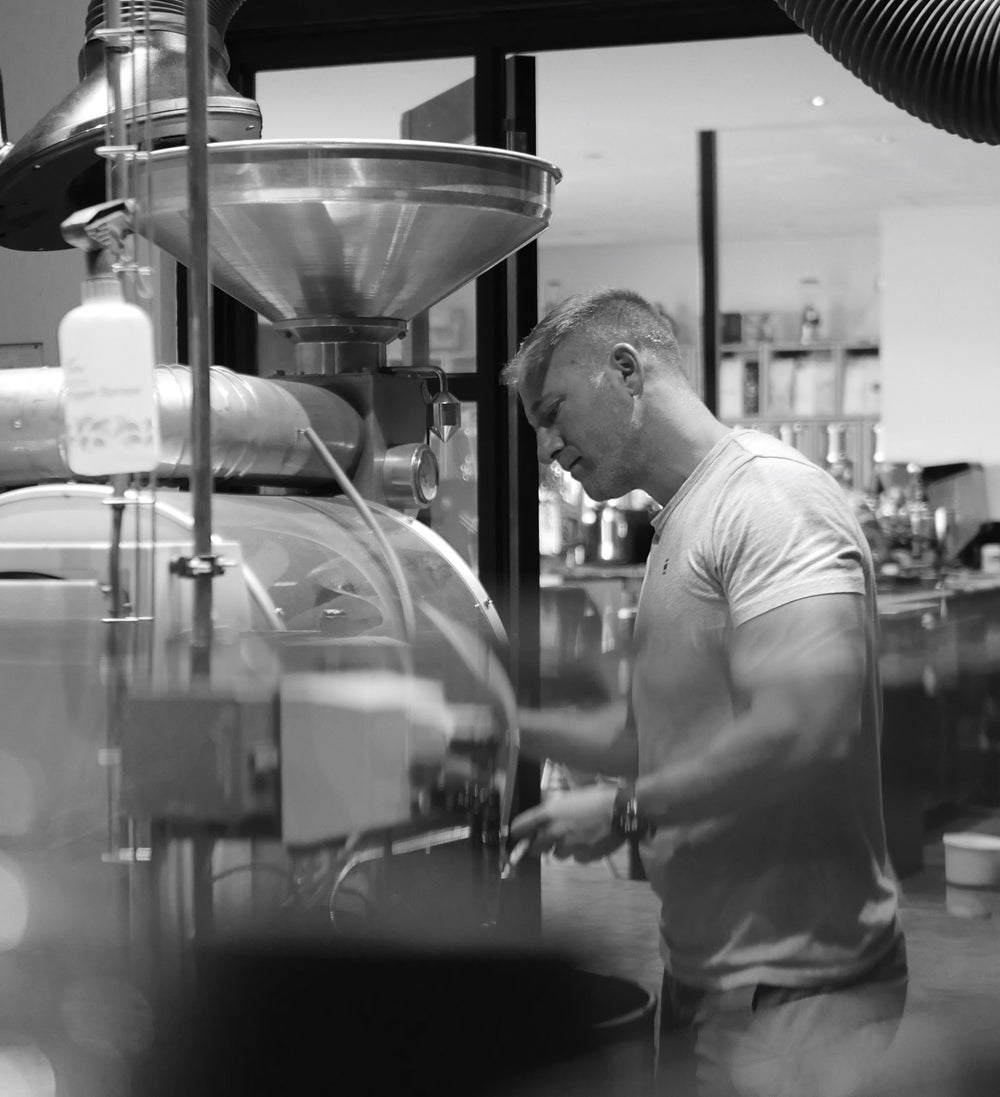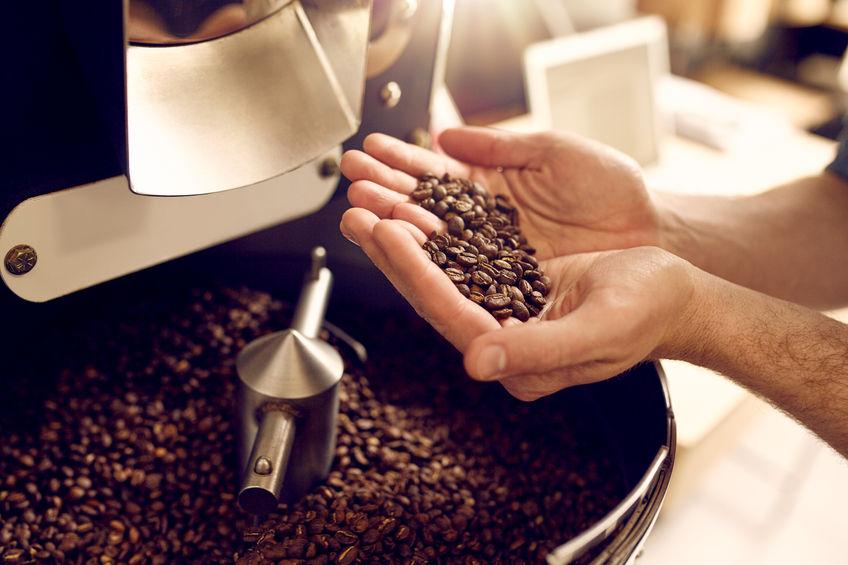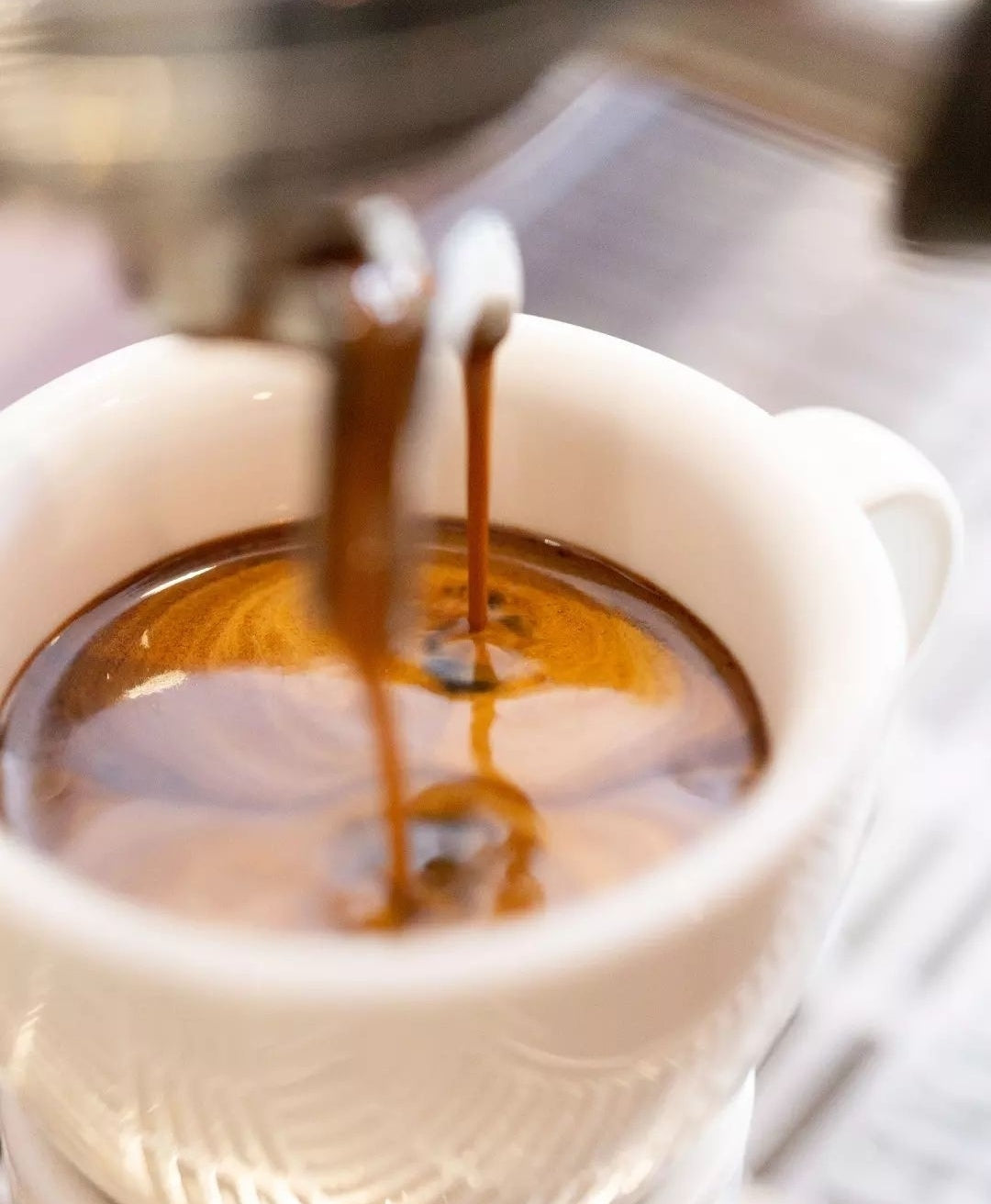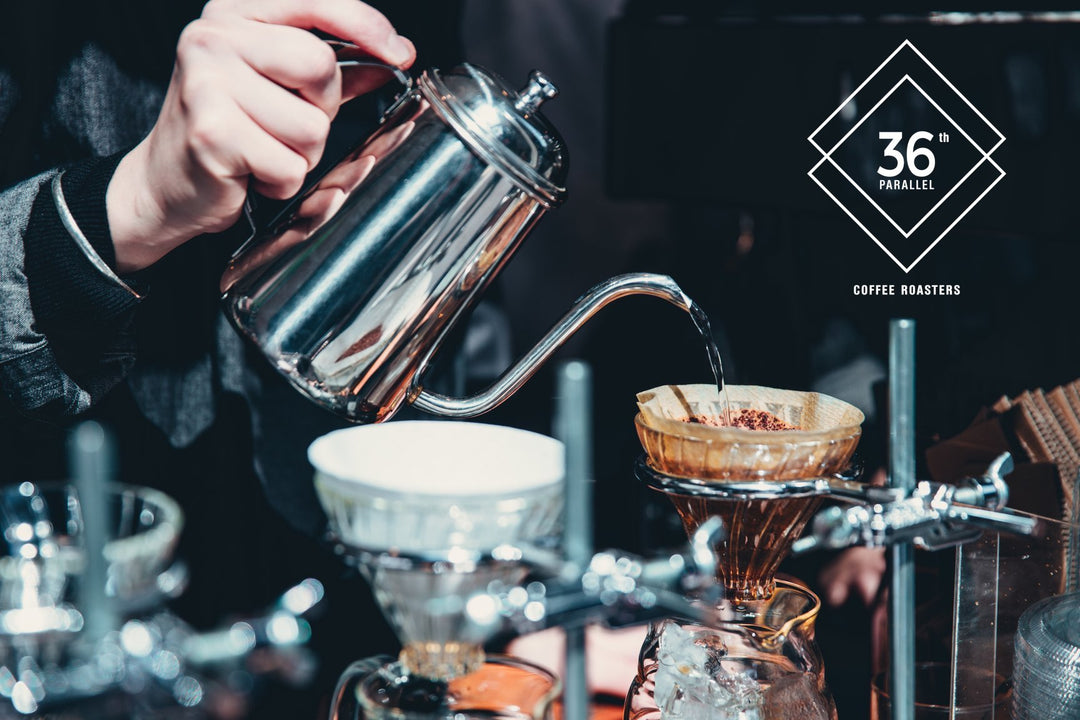The Myth of Freshness: Why Coffee Needs to Rest Before It’s at Its Best
We often hear the phrase “fresh is best” — but when it comes to coffee, too fresh can actually be a problem.
Right after roasting, coffee beans begin to release large amounts of carbon dioxide (CO₂) — a natural process called degassing. While this is completely normal, brewing coffee too soon can negatively affect taste and extraction.
What Happens If You Brew Coffee Too Soon?
- It can taste sour, sharp, or hollow
- It may extract unevenly due to trapped gas
- Espresso can turn out overly bubbly or weak
- To unlock coffee’s full flavour, it needs time to rest.
The Resting Process – A Quick Overview
- Roasting - Beans develop flavour and aroma — and build up internal CO₂.
- Degassing - CO₂ begins escaping from the beans over several days.
- Stabilisation - Flavours mellow, become more balanced, and easier to extract consistently.
- Peak Window - Coffee is now rested, stable, and ready to brew at its best.
How Long Should Coffee Rest?
- Light roasts: 5–10 days
- Medium roasts: 3–7 days
- Dark roasts: 2–5 days
- Espresso: Ideally 7–10 days post-roast
Serving coffee too soon can result in a cup that’s underwhelming — even if it was expertly roasted.
How 36th Parallel Coffee Roasters Gets It Right
- At 36th Parallel, we roast fresh to order and pack every batch immediately in one-way valve-sealed bags. These bags allow CO₂ to escape while keeping oxygen out — ensuring your coffee arrives rested, protected, and ready to perform.
- By the time your coffee hits the grinder, it’s already in its peak flavour window, making it easier to extract well and serve consistently delicious coffee to your customers.
Serve Coffee at Its Peak. We work closely with our wholesale and private label partners to manage timing from roast day to brew day — so every shot, pour-over, or batch brew delivers on quality and taste.
Want to talk about getting your coffee dialled in just right?








Leave a comment